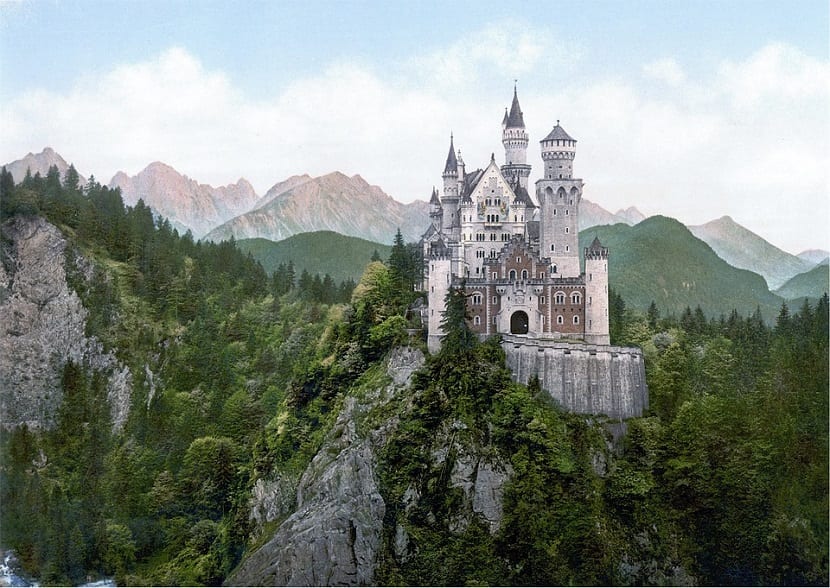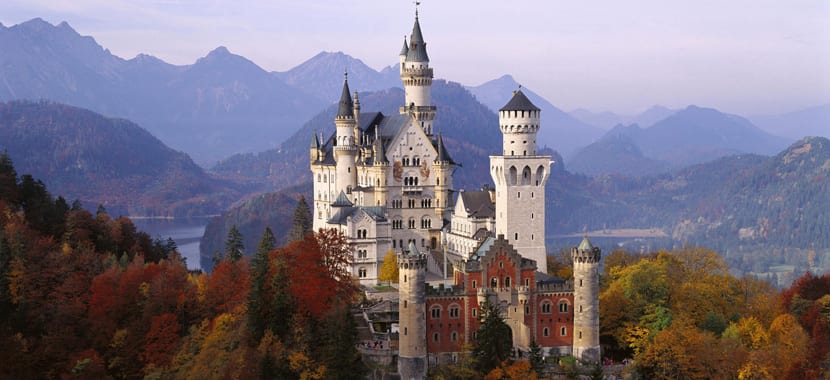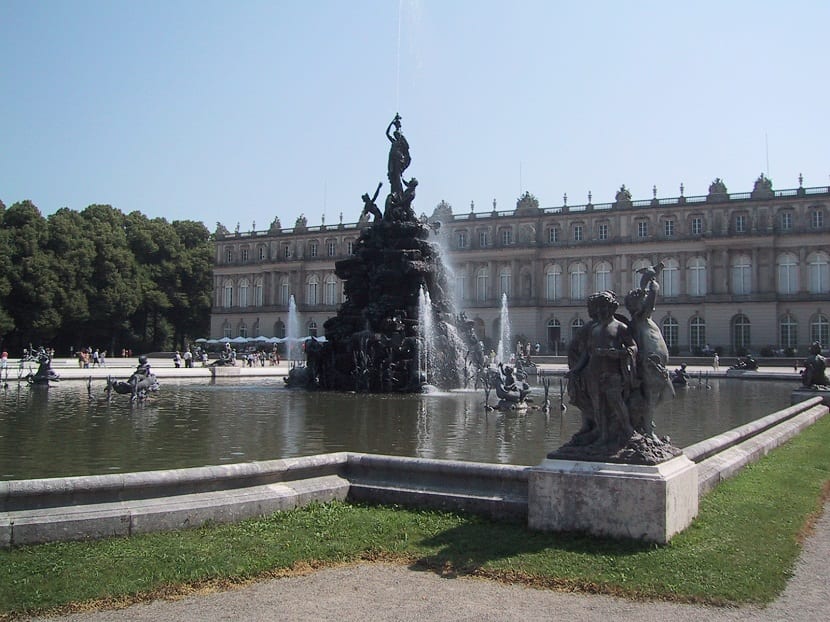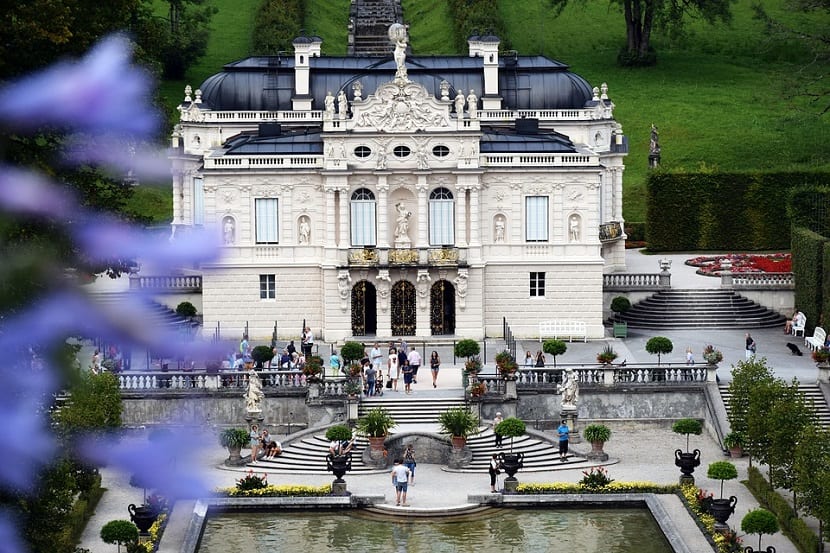
Image | Pixabay
As in many other countries in Europe, Germany is a land of castles. TOhe south of Bavaria we find the famous three castles of Louis II of Bavaria, known as the mad king for his idea of wanting to live in a fantasy world. Since he was a child he admired traditional German stories and narratives and when he grew up he retained that romantic and dreamy character that led him to be the architect of some of the most beautiful castles in the country.
With only 19 years, Luis II of Bavaria ascended to the throne to take charge of the kingdom, something with which he did not agree. As his rejection of the life he led grew, so did two great obsessions in which he took refuge: the artistic creations of Richard Wagner and the palaces.
When forced to banish Wagner on accusations that he had too much influence over him, Louis II took refuge in the idea of building his fantasy world in the form of castles and fortresses to satisfy his illusions.
His family and court failed to understand his character and the monarch spent his last years in Neuschwanstein Castle, before being incapacitated, deposed and transferred to another castle where he died under strange circumstances a few days after his arrival.
The castles of the mad king

Neuschwanstein Castle
This magnificent building is a symbol of romantic architecture and a great tourist icon in Bavaria. Neuschwanstein Castle is one of the most photographed places in Germany and was a source of inspiration for Walt Disney himself.
Louis II ordered him to build his father's castle in the early years of his reign, very close to Hohenschwangau. However, Neuschwanstein never became the refuge dreamed of by the king since the works were delayed and the costs made the project more expensive than initially planned. In fact, Louis II did not live there for more than five months in total and at the time of his death the construction was not finished.
A short time after his funeral, his heirs opened Neuschwanstein to the public and with the money collected they paid the debts generated by the extra cost. It currently receives 1,5 million visitors each year.
The tour of the interior of the Neuschwanstein castle will cover around fourteen spaces, including the kitchen (one of the most modern in the world for the time), the Singers' room (dedicated to the sagas of the chivalric tradition) and the Throne room , a spectacular space with the air of a luxurious chapel that the monarch had built to vindicate his role as mediator between God and men.
Throughout the entire castle you can also see Louis II's favorite animal: the swan or swan in German that appears on paintings, stamps, shields, names, embroidery ...
But it is not only advisable to do the tour inside the castle but also around the surroundings. The Puente de María is the place from which all travelers take souvenir photographs due to the spectacular views. The king might be crazy, but he had a good eye for locating his castles.

Image | Wikimedia Commons
Herrenchiemsee Palace
Chosen on the island of Herrenchiemsee, in Bavaria, between the years 1878 and 1886 King Louis II ordered to build this palace to be a replica of the Palace of Versailles, in France. After seeing it on one of his trips, he was absolutely amazed and wanted to reproduce it on his land.
However, Louis II of Bavaria ran out of funds during the works and died before seeing it finished. This is why it only consists of the main wing, although beautiful gardens with trimmed hedges, labyrinths, large ornamental fountains and even a private jetty on Lake Chiemsee unfold before the palace.
Inside we find rooms furnished with all the luxuries, the bedroom, the great room of mirrors, the ambassadors' staircase, the porcelain room and the empty rooms that due to lack of funding could never be decorated as planned. The south wing houses the Museum of Louis II of Bavaria.

Image | Pixabay
Linderhof Palace
Of the three palaces built by the mad king, Linderhof Palace is the smallest. The place chosen to build it was the Graswang Valley, near the town of Oberammergau, in one of the hunting grounds of his father, King Maximilian II, and he was the only one he ever saw finished. It resided in him for about eight years until his mysterious death.
Like the previous one, this palace has a style very similar to that of Versailles. The façade has a Baroque inspiration but the interiors are in the Rococo style with many allusions to King Louis XIV of France, whom Louis II greatly admired. Especially noteworthy are the hall of mirrors, the king's bedroom with its large crystal chandelier and the audience room.
In the surroundings of the Linderhof Palace there are gardens and terraces in baroque style combined with waterfalls of Italian Renaissance inspiration. In addition, the monarch introduced along the same elements such as the so-called house of Morocco, the hermitage of Gurnemanz, the Moorish kiosk or the grotto of Venus, an artificial cave that the king used as a stage to enjoy the Wagnerian operas that both he liked them.